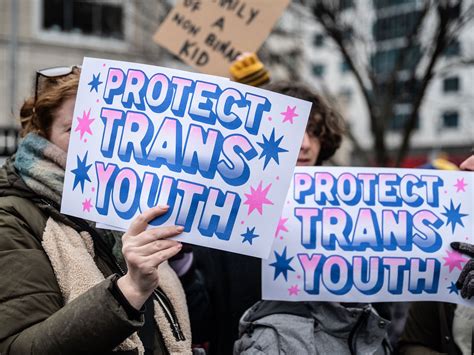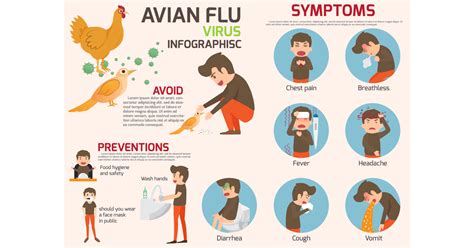The world of healthcare can be a battlefield, especially when it comes to serving marginalized communities like the LGBTQ+ and transgender individuals. In recent times, a storm has been brewing in the medical landscape that threatens to affect the care provided to transgender youth across the United States.
Let’s dive into the heart of this issue that is causing ripples of concern within healthcare organizations, affecting patients, providers, and policymakers alike.
—
St. John’s Community Health Struggle
Imagine being an organization committed to offering crucial healthcare services to hundreds of thousands of individuals annually but facing hurdles in accessing funds designated for transgender health services. This was the plight of St. John’s Community Health in southern California.
As President Jim Mangia fought against obstacles preventing them from utilizing a CDC grant aimed at supporting transgender health initiatives, a chilling realization set in. Despite an injunction safeguarding federal funding from executive order interference, they found themselves unable to access vital resources essential for sustaining operations.
Implications on Healthcare Accessibility
The repercussions of policy changes have sent shockwaves through non-governmental organizations catering to LGBTQ+, trans, immigrant, and medically underserved populations nationwide. The fear looms large not just regarding financial implications but also concerning potential discrimination and violence targeting vulnerable patient groups.
Physicians like Dr. Christopher Veal at Howard Brown Health share tales reflecting widespread anxiety among patients who fear seeking medical assistance due to concerns about deportation or targeted attacks based on their gender identity or immigration status.
The Human Toll: Providers’ Concerns
Healthcare providers are navigating uncharted waters fraught with uncertainty as policy shifts threaten access to gender-affirming care for minors under 19 years old. Riley Read’s poignant account sheds light on the emotional toll faced by clinicians witnessing firsthand the distress and desperation among patients grappling with heightened anxieties amid these turbulent times.
Providers like Read are not just healers; they are advocates standing up against policies that jeopardize essential healthcare services for vulnerable communities while battling their own fears of professional backlash and intimidation tactics employed by those in power.
—
The battle lines have been drawn as healthcare facilities grapple with decisions that could impact the lives of countless individuals relying on gender-affirming care. Stay tuned as we delve deeper into this unfolding narrative where resilience meets resistance in the fight for equality and inclusion within our healthcare system.









Leave feedback about this